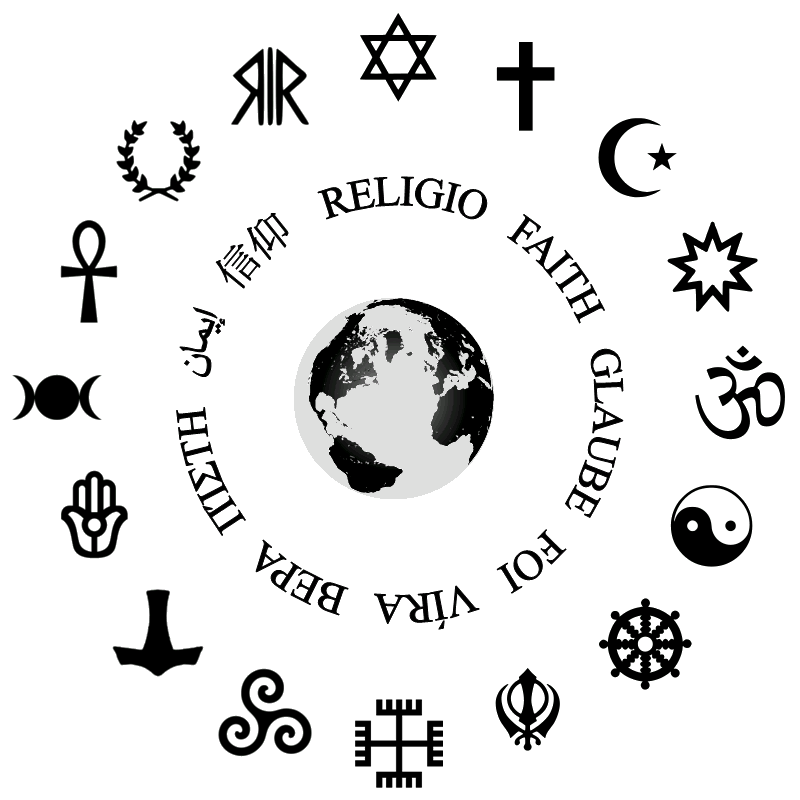Finally, after 45 years of working on the raw materials, and twenty of thinking of it as a story, I have finished a very strange novel. I would not want to write any other type.
(I know I announced this bck on Nov. 13, but since then I’e been fighting with technical problems.)
Reading again through some of Jung before falling asleep (I realize that’s not everyone’s cup of bedtime tea), I came upon a passage where he distinguishes between works written purely consciously, using with craftsmanship, elegance, and wit, and those driven by unconscious forces. John Logan once commented in a class that when you are writing down what you already know, that’s prose, but when you don’t know what you will say until after you’ve written it, that’s poetry.
We were taught at San Francisco State (well, at least I was) that the state of mind in which you have to consciously decide what word should come next is merely priming the pump; the goal is to reach the altered state in which, as if a floodgate has opened, the words pour forth, feeling as though they are coming through you, not from you, and all you can do is type as fast as possible, trying to keep up with them. This experience has classically been called the Visitation of the Muse. Jung believed that only works written by this latter process (even though afterward neatened up) have been of lasting significance.
I’ve thought, of course, about the possibility of writing a conventional novel, one intended merely to entertain, but that prospect has always seemed thoroughly unattractive. How many such novels have been written during the last century? How many of them will be remembered at all in a hundred years? A novel intended to also educate or enlighten has a much better chance of being remembered. A novel intended merely to educate would, of course, fail as a novel. There must be a balance between these two goals.
Aradia is fundamentally a love story, of the romance between Eddie, a professor of Catholic Studies, and Andrea, a hereditary Italian Witch. Much of its intellectual content depends on the three unknown “gospels” (which I, of course, have composed) sent to him by a colleague who is then assassinated. If one takes the anomalous fragments of information in the writing of the great Church Fathers, adds in the information from the Gnostic writings discovered in Egypt in 1948, and then adds what seems to be the historical kernels behind some legends, one arrives at a story very different from that told by orthodox Christianity. It is a story of a Jesus who is Awakened, that is, a Gnostic, of Mary Magdalene as also Awakened and as his wife and true successor, of her flight to Egypt and then to France, taking the actual teachings of Jesus to be preserved as a secret tradition that is finally passed on to Andrea’s family in Italy, a tradition that makes them Witches. Impossible? No. Implausible? Perhaps. But it’s a good enough story to work as a novel, and having all of Western history retold from the viewpoint of a Witch is at the very least entertaining.
There is also a great deal of talk in the novel about the nature of consciousness and perception, about quantum mechanics and modern physics, about William Blake and Wilhelm Reich, about endemic mental illnesses that cripple all societies. How does all that fit into a novel? Because it’s Andrea who talks about it.
Human beings have many abilities that “once-born” psychologists are loathe to acknowledge, because not everyone displays them. Like many human traits, these abilities have a bell-curve distribution, and only persons on the high end of the scale are consciously aware of them or able to use them. Consider the concept of auras. A few people can perceive them visually, but most people feel them. What is going on when you meet a person and immediately have a “gut feeling” that he or she is dangerous and untrustworthy? You are not consciously aware of anything you are perceiving, you have no logical explanation for the feeling—but you ignore it at your peril, as any sensible person knows. And there are unfortunate persons, at the low end of the curve, who are totally insensitive to such feelings; their lives are at greater risk than is average. The “scientific” assumption that a phenomenon is not real unless every person in the vicinity can perceive it is useful for eliminating hallucinations, of course, but it makes the person with the least talent for sensitivity into the measure for everyone else.
Imagine a person at the high end of the scale for a great many talents: perceiving auras, eidetic imagery, “mindreading,” freedom from guilt, Awakening . . . That is Andrea, who tells Eddie about what she has learned in her lifelong effort to understand herself, to understand how and why she is a Witch. Do I believe that Andrea is factually correct, that all her speculations are true? Of course not, although I do think much of what she believes is probable or at least plausible. She asks many questions, suggests many answers; I hope she will inspire readers to think.
Aradia is now available on Amazon as both a paperback and an e-book, after my typical amount of coping with technical problems. I hope you enjoy it. I hope for more than that.















